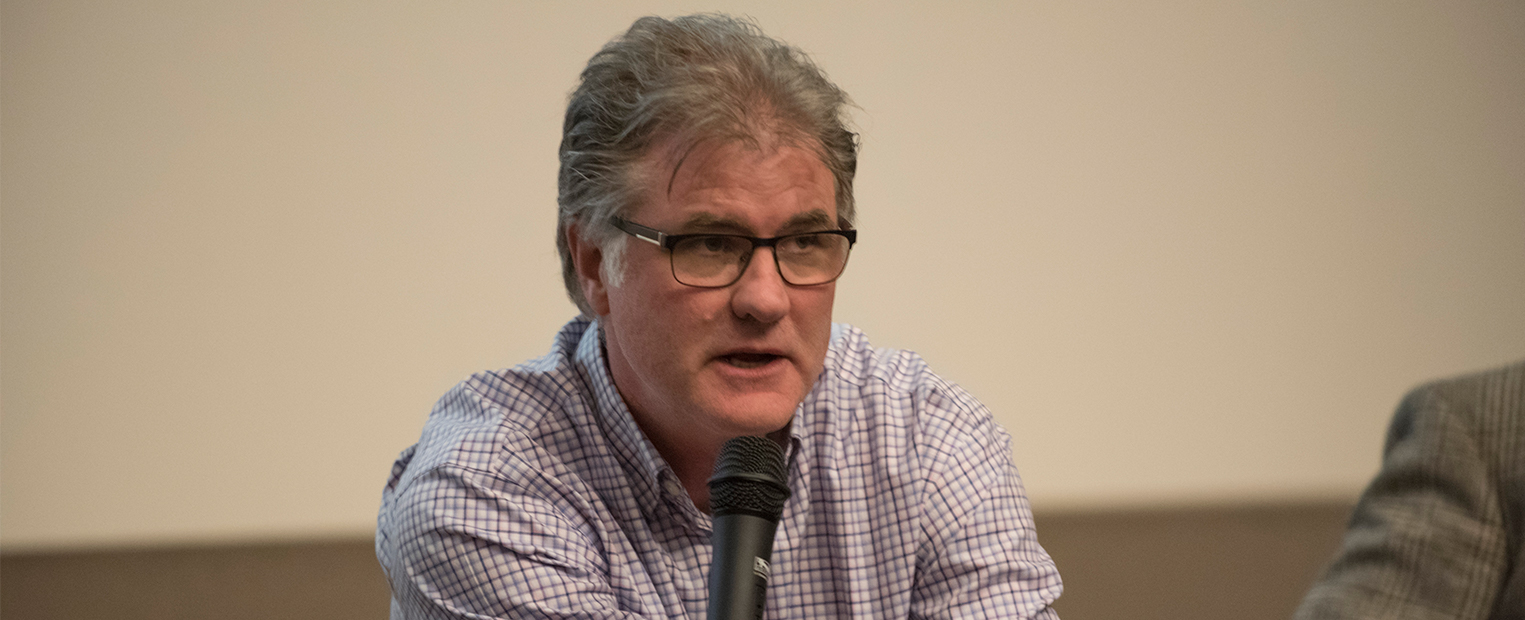The dust has barely settled on COP26, the UN’s latest conference on climate change. Heads-of-state, negotiators, climate scientists, government representatives, businesses, and a host of other interested parties, gathered in Glasgow for 12 days to assess the state of the world’s climate and, more importantly, to lay out their commitments to reducing greenhouse gas (GHG) emissions.
Once again, we heard that this was humanity’s best last chance to get runaway climate change under control. We are, according to the overwhelming majority of climate scientists, at a tipping point: either we drastically reduce our use of fossil fuels, the primary emitter of GHGs like carbon dioxide and methane, or we face a very uncertain future, one with rising temperatures, accelerating glacial melting, sea-level rise, increased wildfires, and so on.
The target set in Glasgow, as was the case in Paris in 2015, is to limit global warming to 1.5C compared with preindustrial times. According to climate scientists, every fraction of a degree of warming above that will result in widespread ecological damage. Achieving this will require reducing global emissions by half by 2030 and to zero overall by 2050. Given that we are already at least 1.1C warmer since preindustrial times, COP26 needed to be, as the UN itself said, decisive.
The question is, was it?
Remarkably, delegates did reach a climate deal, albeit at the 11th hour. Countries agreed to update and strengthen emissions-cutting plans at COP27 in Egypt next year to try to keep the 1.5C target within reach. Developed nations also recognized the need to increase aid to those already suffering the effects of climate change, even though we are still well short of the $100bn annual target set at the Copenhagen COP summit in 2009. And in a surprise announcement, China, and the US, the world’s two biggest carbon dioxide emitters, agreed to work together to cut emissions this decade.
Predictably, the reaction to Glasgow has been mixed. Activists and NGOs have expressed disappointment, with the likes of Greenpeace chiding the deal as weak and keeping the goal of 1.5C “only just alive.” Switzerland expressed “profound disappointment” at the last-minute changes to the deal demanded by China and India, who called for a “phase-down” and not the “phase-out” of coal power. And many of the countries most affected by climate change, particularly island nations, joined a growing chorus of nations critical that the Glasgow deal is nowhere near ambitious enough. For example, there was no agreement on the establishment of a “loss and damage” fund whereby wealthier countries would, in effect, pay for the impacts of climate change in the most vulnerable nations.
Coal, of course, is both a central and sensitive question in the discourse on climate change. We in the developed world have built our economies on the back of fossil fuels, particularly coal. The fact that this is the first time that there has been language about coal and fossil fuels in a COP decision is a testament to just how tepid the pace away from carbon-based fuels has been. Hundreds of millions of people still depend on coal as a source of energy.
India's climate minister, Bhupender Yadav, was especially vocal on the issue, questioning whether developing countries could keep their commitments to phase out coal and fossil fuel subsidies when they “have still to deal with their development agendas and poverty eradication.” He has a point, given the fact that governments around the world spend upwards of $400bn each year subsidizing non-renewable energy, according to the UN Development Program.
Complicating the coal issue is that the time scales for its phase-out are vague. Developed countries are expected to end coal by the 2030s with developing nations following sometime into the 2040s. This seems unrealistic given that coal still produces about 40% of the world’s electricity.
On a much more positive note, leaders of more than 100 countries, including Brazil, China, Russia, and the US, committed to end and reverse deforestation and land degradation by 2030. The countries that have signed the pledge cover around 85% of the world’s forests, which is hugely significant because forest loss accounts for around 11% of the world’s total carbon dioxide emissions. Nevertheless, the deal was accompanied by little details.
Honoring the commitments laid out in Glasgow will be enormously challenging, not least because of the carbon reality pouring into our atmosphere every single day. We still need big emissions cuts to limit warming to 1.5C, but exactly how much and how quickly each nation should, and will, cut emissions over the next decade remains to be determined. We will also need to bring so-called “net zero” emissions deadlines forward from 2070.
While the deal reached in Glasgow is a step forward, it is clear that much more needs to be done if we are going to limit global warming to 1.5C. Enormous investments will be needed to make developing economies’ energy sectors cleaner. And unlike stratospheric ozone destruction or acid rain, which many now view as environmental success stories, climate change is a far more wicked problem, one that is not open to straightforward, consensual solutions. Twelve days of negotiations in Glasgow underscored that.
Yet, for all its shortcomings and lack of specifics, the Glasgow deal is consequential. The question now is whether countries will stay the course and do what they signed up for. The commitments made at COP26 will mean little without concrete plans to follow through and even less so without a system of global accountability.
Michael C. Slattery, Ph.D.
Professor and Director, Institute for Environmental Studies
Energy Faculty Fellow, Ralph Lowe Energy Institute, Neeley School of Business
Texas Christian University
